White Tea
White tea, a name synonymous with purity and elegance, beckons tea lovers seeking a subtle yet captivating experience.
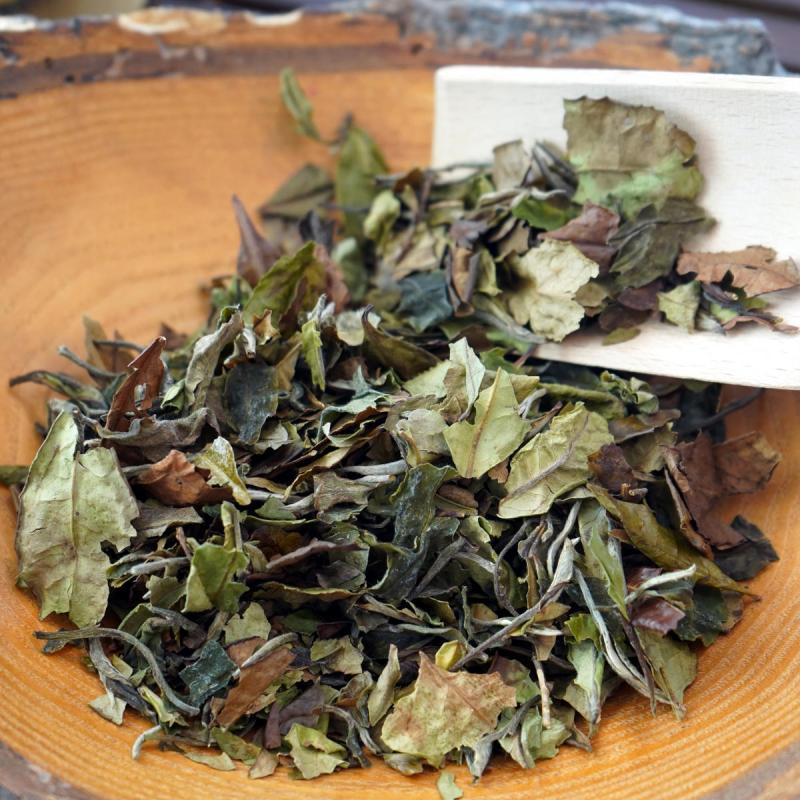
The Delicate World of White Tea: A Journey for the Senses
Often referred to as the least processed tea, it retains a remarkable amount of its natural essence, offering a taste unlike any other. Let's embark on a journey to explore the origins, flavors, and brewing techniques of this remarkable beverage.
Where White Tea Takes Root
The story of white tea begins in the verdant mountains of Fujian province, China. Here, amidst the misty slopes, tea farmers cultivate a special variety of the Camellia sinensis plant. The magic lies in the delicate young tea buds and the uppermost two leaves, still veiled in silvery down, which are hand-picked at the peak of freshness.
Unlike other teas, white tea undergoes minimal processing. The leaves are simply withered and dried, preserving their natural antioxidants and delicate flavors. This meticulous approach results in a tea renowned for its pale color, light aroma, and subtle sweetness. The minimal processing also allows white tea to retain a higher level of polyphenols, which are natural compounds associated with various health benefits.
- One of our evergreen white teas is the fine and delicious Pai Mu Tan.
- When we store interesting white teas, you can find them at our online shop!
A Symphony of Subtle Delights
White tea boasts a flavor profile unlike any other. Imagine gentle notes of honeysuckle and jasmine dancing on your palate, interwoven with a touch of fresh hay and a hint of sweetness. The absence of strong bitterness makes it a perfect choice for those new to tea, while its nuanced flavor continues to surprise and delight seasoned tea connoisseurs. Some white tea varieties may even offer subtle hints of fruit or honey, depending on the specific cultivar and processing methods.
This delicate taste profile makes white tea a versatile beverage. Enjoy it on its own to fully appreciate its subtle nuances, or pair it with light snacks like pastries or fresh fruit. White tea's refreshing nature also makes it a perfect choice for a hot summer day or as an accompaniment to a light meal.
The Art of Unveiling White Tea's Magic
To unlock the full potential of white tea, steeping is an essential ritual. Unlike black tea or oolong tea, white tea requires lower water temperatures to prevent scorching the delicate leaves and extracting bitter compounds. Here's how to coax out its delicate flavors:
- Temperature: Use water between 80°C and 90°C. Avoid boiling water.
- Quantity: A teaspoon of loose white tea leaves is ideal for an 8-ounce cup.
- Steeping Time: The first infusion requires only 2-3 minutes. Subsequent steeps can be extended by 30 seconds each.
- Multiple Infusions: The beauty of white tea lies in its ability to yield multiple delicious infusions. The same leaves can be steeped 2-3 times, allowing you to savor the evolving flavors. With each infusion, the tea's character may subtly change, offering a unique tasting experience.
A World of White Tea Awaits
White tea offers a unique and captivating journey for the senses. From its origins nestled in the misty mountains of China to its delicate flavor profile and calming brewing ritual, white tea invites you to slow down, savor the moment, and appreciate the simple pleasures in life.
So, steep a cup, breathe in the gentle aroma, and allow yourself to be transported to a world of serenity and taste. The world of white tea awaits, offering a unique and delightful experience for every palate.
New Stuff
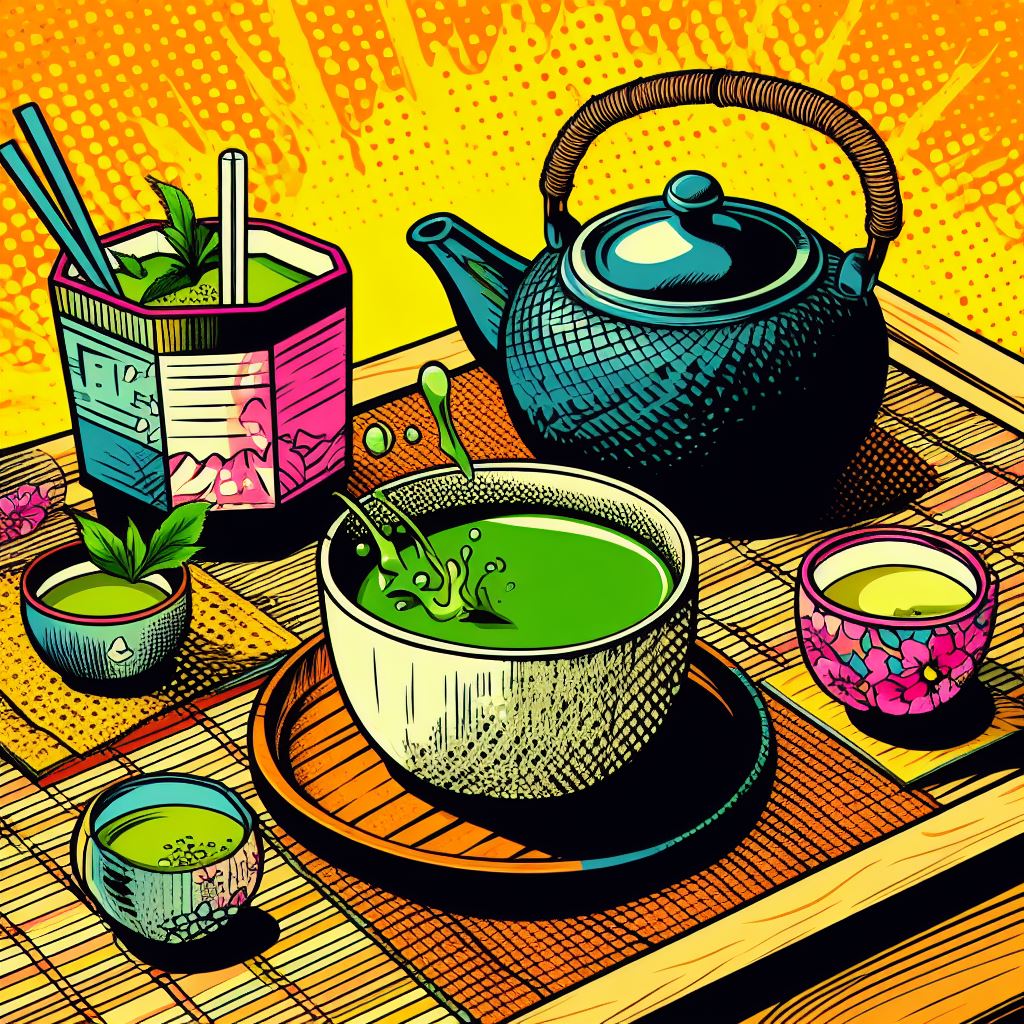 | 3 Common Grades of Matcha Matcha, a finely ground powder of specially grown and processed green tea leaves, has become a global phenomenon. |
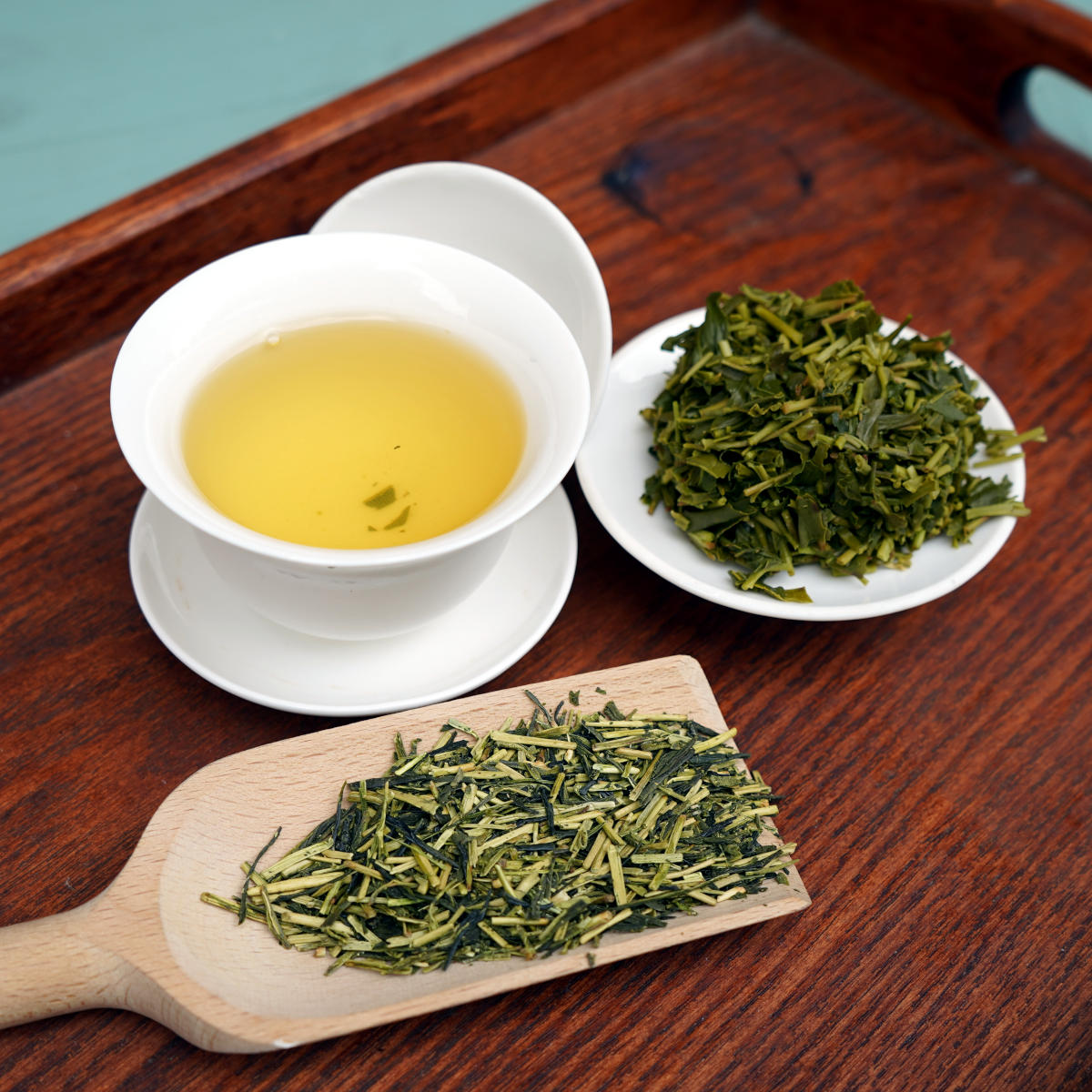 | Kukicha: A Unique Japanese Tea Kukicha is naturally low on caffeine, but still rich in taste. That makes for a perfect afternoon and evening tea. |
 | White Tea White tea, a name synonymous with purity and elegance, beckons tea lovers seeking a subtle yet captivating experience. |
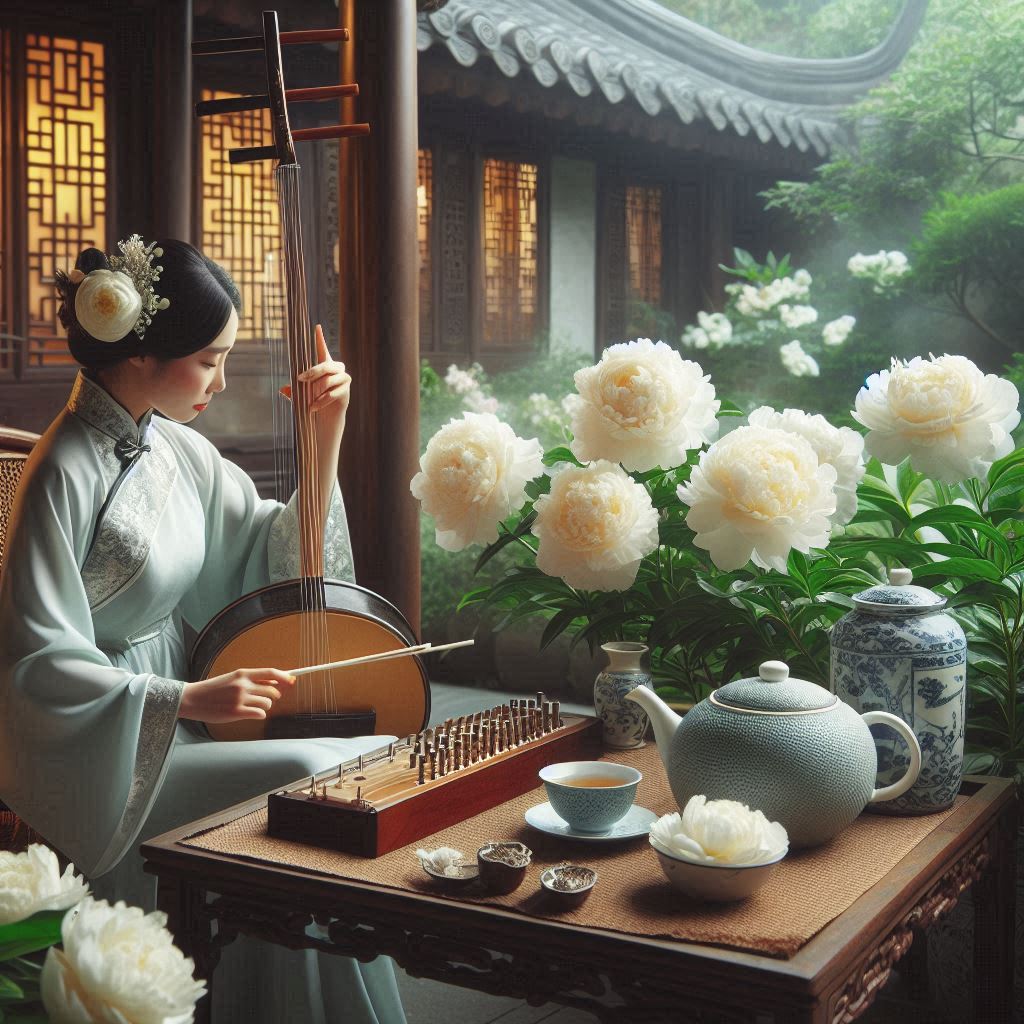 | Unveiling the Delicate Elegance of Pai Mu Tan White Tea Have you ever craved a tea that embodies pure refinement? Look no further than Pai Mu Tan, a white tea celebrated for its delicate taste and minimal processing. |
 | Assam Tea A bold brew from the foothills of the Himalayas and one of the most popular teas. |
 | Opening Times New opening times from 1st of November 2023! Mon - Thu 09:30 AM - 05:30 PM, Fri & Sat 9:30 AM - 07:00 PM ... Sun closed |
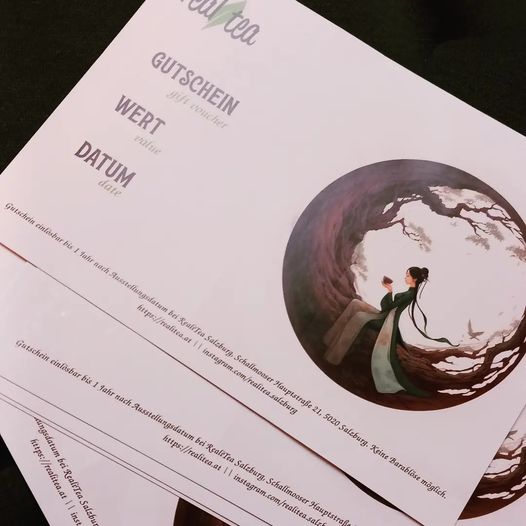 | When sombebody vouches for a gift they buy a gift voucher. Now at RealiTea! |
